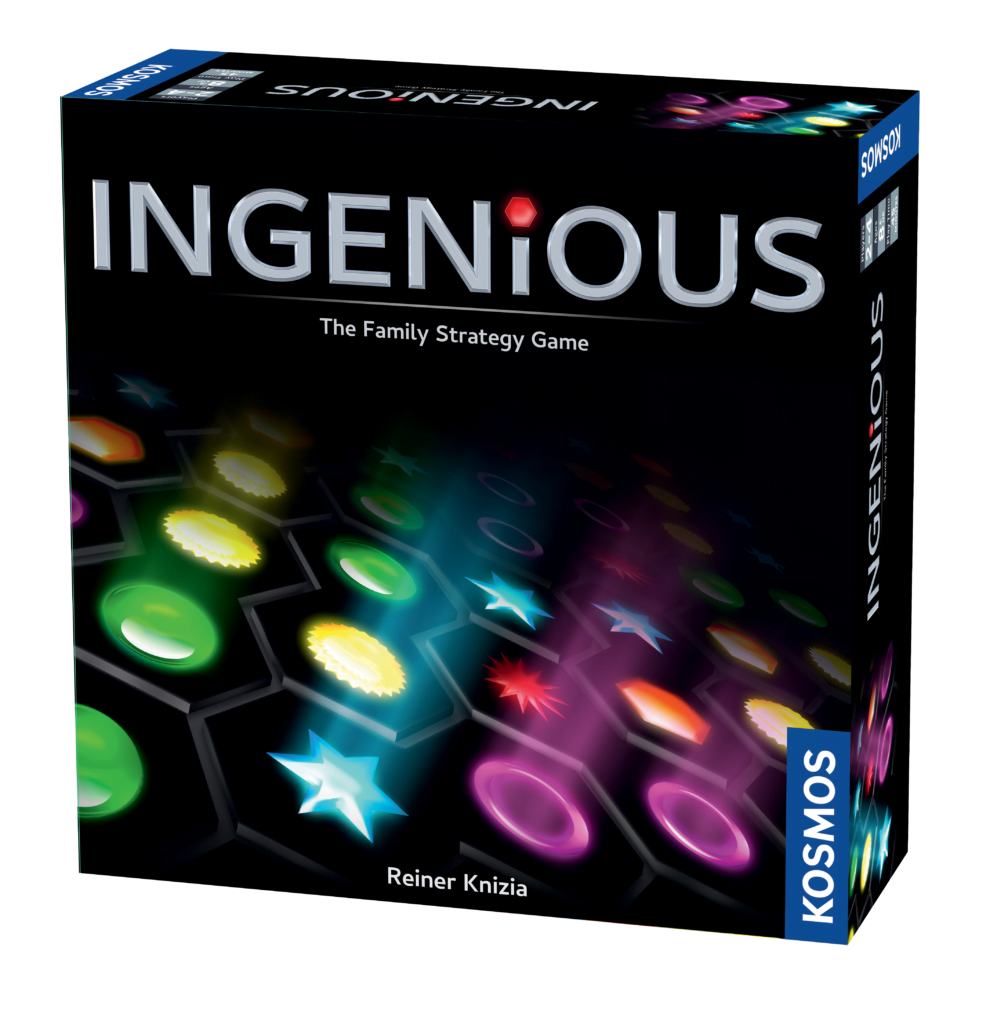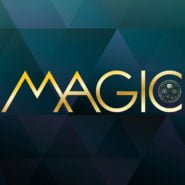
The White Castle design diary
Some days before that strange edition of Essen 2020, David Esbrí –our editor of The Red Cathedral– created a WhatsApp group with the following welcome message: “Well, when do we start with the next game?”. “Right away!!!”, we said, of course. What else are you going to say? You don’t get opportunities like this every day!
Of course, we didn’t know what this was going to mean in terms of mental health, nor that we were going to get to know the term “Best-Seller Syndrome” first-hand thanks to The Red Cathedral, that small-box game that still brings us so many joys.
We had always flirted with the idea of designing a trilogy someday, so why not consider it? This seemed like a perfect opportunity, and Devir thought it was a good idea. So there we went. We already had “The Red Cathedral”, so the next thing would have to be a building that wasn’t a cathedral and that didn’t have red as a representative color. Since we absolutely love Japan and one of its most emblematic buildings is Himeji Castle (aka White Heron Castle), we thought: why not? We will call it “The White Castle”.

So, the theme was settled. Now it was time to find common ground with its predecessor. Since the dice mechanism was what people liked the most, it obviously had to have dice and an interesting selection mechanism.
As with The Red Cathedral, the initial dice mechanism is what would sustain the entire development of the game. And on this occasion, we were convinced that the castle had to be the centerpiece of the game (which is called The White Castle for a reason). The castle had to be present. But above all, it couldn’t be a simple evolution of The Red Cathedral. It had to be a completely new game.


When we thought about Japan, it was inevitable to remember its castles, its temples, and its beautiful gardens, where there were often bridges and ponds with Koi carps. With these elements and concepts, we designed version 0 of the game, where there were already bridges and a castle with rooms, in a similar way to those in the final game. But it wasn’t going to be that easy. It was a disaster: resources were missing everywhere, the turn resolution was a nightmare, most of the game mechanics didn’t fit together, but we still believed we could fix everything… until the first reviews, games and comments for The Red Cathedral arrived. We began to think that perhaps we couldn’t make a game just as good.

Everyone loved the rondel, everyone emphasized that the good thing about the game is the rondel, and we love it too! So we thought… Why aren’t we making another original rondel and giving people what they like? Let’s make a new rondel! Double! Triple! Let’s have it move in several directions! No more dice! Dice are expensive to produce! Rondels with colorful meeples that do different things! With this deviation from our original vision of how we would approach game design, we entered a spiral of failed releases, which lasted about a year.


We tried everything! We had ships, battles, farmers, and lots of resources. We always wanted the game to reflect Japanese feudal society and its clans, and we maintained that between versions. We made roundels of all types, shapes, and colors (some of the prototypes were very elaborate!) Some versions included nearly 100 different cards and endless mechanics interspersed among them, but nothing, absolutely nothing of what we did was enough: nothing worked as finely as The Red Cathedral. But in each failed version, there were always elements that we liked.

We got so frustrated that when we sat down to work on the design, our mood would change. We were very upset by the mere fact of not moving forward. And we were starting to foresee schedule problems. We spoke with David and told him what was happening to us. He talked to us about the Best-seller syndrome, which writers experience when writing their next book after a very successful publication.
Amid all this emotional tsunami, we stopped designing and came up with an idea to expand The Red Cathedral. This was a wonderful breath of fresh air: working on expanding something that you know perfectly is not the same as creating something from scratch which must be up to par.

Thanks to this break, and after realizing that we were still capable of designing things that are very good, we thought: “what if we forget about everything, about all the failed rondels, about all the comments on our games… and we focus on enjoying ourselves and go back to the bridges? The bridges were cool!”

And that’s what we did. Based on version 0, we designed a new version, which used a very curious mechanism that we abandoned because it was too complex for what we wanted to achieve with the game: if you took a high-value die, it would give you money (because all the squares in the castle had low values) but the action associated with that value had to be less powerful than the one associated with a low-value die (since it would probably mean that selecting the action costed money). There were too many things to consider, and it made the game complicated, so we abandoned it.
We had this duality of many resources/not very powerful action and vice versa. But then we saw it in Tiletum. And thank goodness, because when we saw it, we had the game at 70%.
So, we changed it for a simpler concept: the values would be a reference to know if you must pay or get money, and the actions to be executed would depend on the color of the die used. And while we were at it, instead of having the action printed on the board, we would put different cards and the board would change radically from one game to another. This change was what gave meaning to everything. The game finally clicked.

From here on, the development sped up, especially in Tabletop Simulator, but always playing homemade paper and cardboard versions. We created a small community of testers, thanks to whom today you can enjoy The White Castle. It was great to see how even though only 4 people were playing in the session, there were 8 people… just for the sake of talking and seeing that we had changed this time. And they got a little addicted to the game. The best message you can receive from your testers once a development is completed is them asking if they can still play, even if there is nothing to test.

The personal board was merely the support for the meeples, and we thought that the feeling of evolution was reflected on the board getting empty, but it sort of fell short. So, we thought: what if we can activate card actions just like in the castle? Then we came up with the mechanics of obtaining cards from the castle to put them on your board.
The story of the lantern action is somewhat more embarrassing… we came up with it because we didn’t like that you ended up with a pile of cards on your board. What could we do with them? Yes, that’s how silly the spark of the idea was. We don’t hide. We changed actions on the board and boosted the lantern as well as the individual actions, and it was enough. We loved seeing that evolution on the board.

But what about the majorities? In The Red Cathedral there’s a very fun majority mechanic that gives meaning to many things in the game, so why not add it to this game too? We did not have enough elements to implement a majority mechanic that wouldn’t almost always end up in a tie, so we decided to give each type of character a way to score, and that would be it. About the majorities, who knows? Maybe for an expansion 😛

And the bridges? They should have even more prominence! Curiously, when we were finishing the development process, we bought a 3D printer. Of course, one of the first things we did was to 3D-print some bridges to see how they would look… and we still don’t know how, but we convinced our editor to include them.


When the game was finished, we handed it over to David. He worked closely with the incredible Joan Guardiet, who made our ugly boards and cards come to life. It was wonderful to see how we were all so like-minded on the art of the game. At Essen 2022 Joan showed us some illustrations and concepts, and that alone gave us goosebumps. This was going fast! Meeple Foundry was incorporated into the project so that our questionable icons (especially the Japanese garden, which looked like a brain) were well understood and everything was properly placed. With all these ingredients, David was able to do what only he knows how to do: to make magic with the components and art of the game and give it the form of an irresistible product for any collection.

So, we were finally able to breathe, after two and a half years working almost exclusively, with 6 or 7 different games fully designed and discarded for not being good enough, but having learned a lesson: never deviate from your initial idea, the one that got everything going.

Shei & Isra
August 2023

 Games
Games Science
Science Chemistry Range
Chemistry Range Magic
Magic